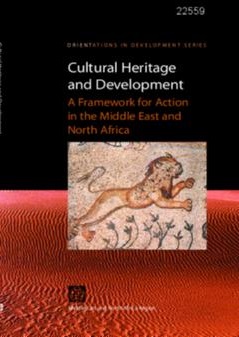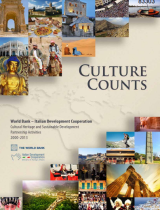
-
Country/City
MENA
-
Topics
Cultural Heritage, Economic and Social Development
-
Published On
June 18, 2001
-
Author(s)
The World Bank
The countries of the Middle East and North Africa (MENA) are blessed with an extraordinary cultural patrimony, secular and religious, of huge importance for each country and for humankind at large. The region is home to 48 sites already inscribed on the world heritage list maintained by the United Nations Educational, Scientific, and Cultural Organization (UNESCO) and has an enormous nonmaterial heritage as well. The Middle East is also the cradle of the world's major monotheistic religions. This cultural patrimony is a cornerstone of many people's existence and nourishes their daily lives. It must continue to flourish. This report analyzes the cultural heritage sector in the countries of the Middle East and North Africa, and the World Bank's policy and operational experiences in this sector over the past six years, 1996-2001. It has three objectives: 1) to explore the characteristics, capacities, needs, and constraints of the region's cultural sector and their relevance to overall country development; 2) to take stock, describe, and analyze the World Bank's past and current support for preservation and management of the region's cultural heritage; and 3) to extract the lessons of experience and define the strategy framework for future Bank assistance for preserving and managing the MENA region's patrimony.



